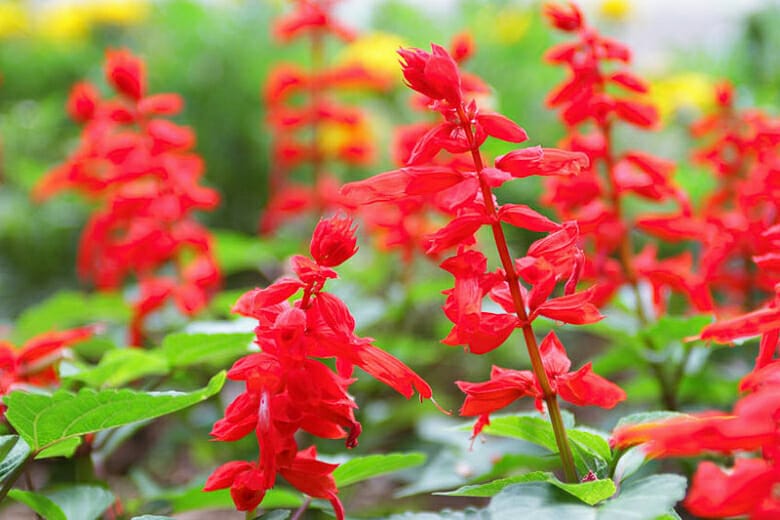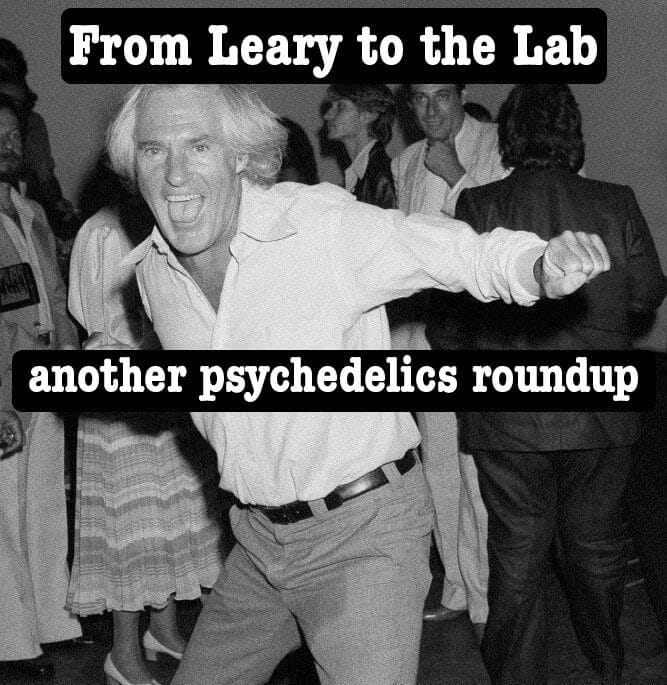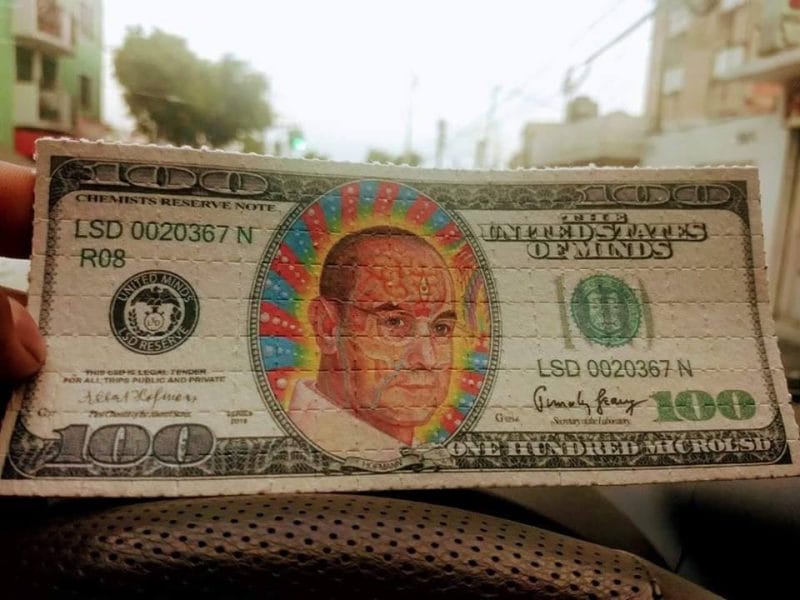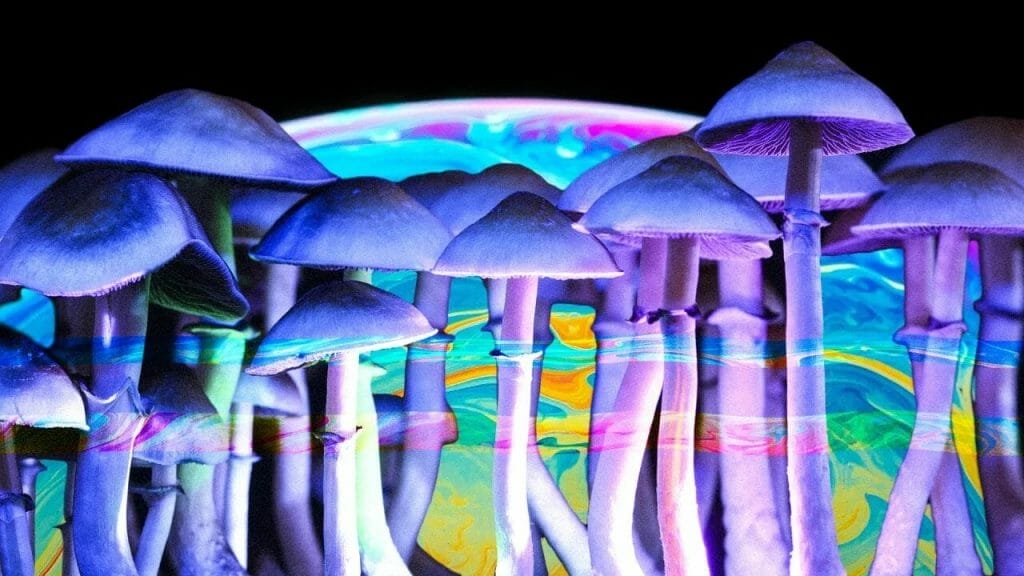Shorter trips
Remember early YouTube days when (insert activity here ______ on salvia) were some of the most popular videos on the internet? Well, it turns out salvia is a lot more than just something crazy to do for internet fame.
Atai (ATAI.Q), arguably the biggest psychedelics company is set to study salvia (Salvinorin A ) for its psychedelic properties which it thinks could disrupt the SSRI industry, and could also be a go-to option for shorter trip times. Development is underway with clinical trials expected to begin in the second half of 2022.
“Due to SalA’s short psychedelic effect, it will be an attractive option for those who would like psychedelic treatment but are unwilling or unable to participate in longer sessions,” said Glenn Short, CEO of Revixia, subsidiary of Atai. “The shorter experience will allow for more practical https://e4njohordzs.exactdn.com/wp-content/uploads/2021/10/tnw8sVO3j-2.pngistration and monitoring, which may even make it possible to attend psychotherapy sessions on the same day.”
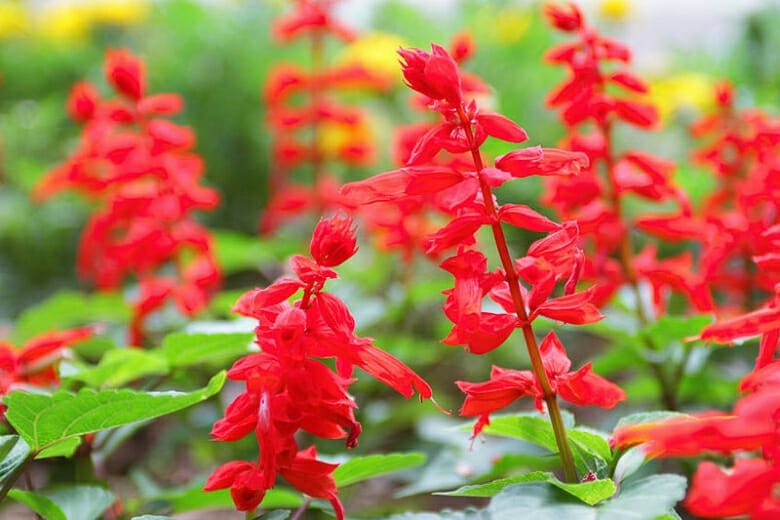
For patients who want a psychedelic trip that doesn’t last more than an hour, there aren’t a ton of choices. A salvia trip is typically done in 5-10 minutes. I can tell from my own personal experience that they will likely be the longest 5-10 minutes of your life.
That said, a 5-10 salvia trip could be a lot more intriguing than a longer trip, especially if someone is going at it for the first time or who doesn’t want to trudge for hours through a trip. That said, a smaller mushroom trip might be a better starting point as salvia hits hard. But, in today’s fast-paced society maybe a quick 5-10 trip could be attractive.
Salvia’s grey zone
The proposal to make salvia illegal in Canada was made by Health Canada back in 2010. It warned little is known about the long-term effects of the hallucinogenic herb. Health Canada classified salvia as a natural health product, which means it is regulated under the Food and Drugs Act.
An estimated 1.6% of Canadians 15 or older have already taken at least one ride on salvia, according to the 2009 Canadian Alcohol and Drug Use Monitoring Survey, the first to measure use of the plant. For those 15-24, the number rises to 7.3%.
In the US, however, salvia is in a very interesting grey zone as it’s illegal in 29 states and legal in 20 with a few states on the fence about seeds vs plants and decriminlization.
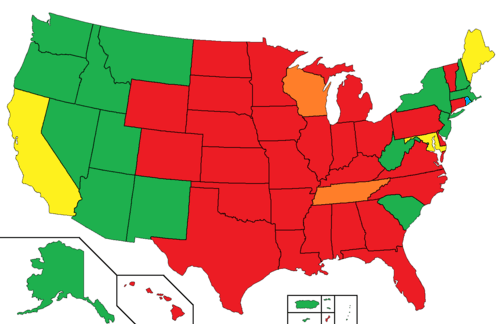
Salvia legality in the US / (red = illegal, orange = decriminilized, yellow = legal with age restriction, green = legal)
In 2002, congress introduced a bill to schedule salvia as a controlled substance at the national level. Those opposed sent a letter to Congress arguing against the proposed legislation, including letters from an array of scientists who expressed concern that scheduling salvia would negatively impact important research on the plant. The bill did not pass and it remains a state-by-state issue. This could potentially give companies a kind of grey zone to work in. Salvia is actually unregulated and technically legal in most countries across the world.
Salvia isn’t talked about nearly as much as other psychedelics, there isn’t a ton of research but the Mazatec people of Mexico have been using it for a long time.
Salvia a psychoactive herb native to southern Mexico—and Salvia divinorum is just one type of salvia. The intoxicating plant is a member of the mint family and a relative of “common sage.”
Salvia is so common, in fact, that the plants make up the largest genus in the mint family. Scholars estimate that there are between 700 and 1,000 different species of salvia. In Mazatec tradition, salvia sits alongside psilocybin and other psychoactive plants that have strong spiritual significance. The Mazatec often chew salvia or drink salvia tea in conjunction with prayer and ceremony; the plant has a spirit of its own and chewing salvia leaves is a way to be in communication with the wild herb.
Long & short game
Current research around salvia is lacking, but this isn’t Atai’s only kick at the can. Far from it. Atai has 10 therapeutic programs, including five psychedelic compounds in their pipeline including DMT, ketamine, salvia, and ibogaine. They are focused on multiple mental health disorders, including depression, initially TRD, CIAS, SUD, initially OUD, anxiety, initially GAD, mTBI, and PTSD.
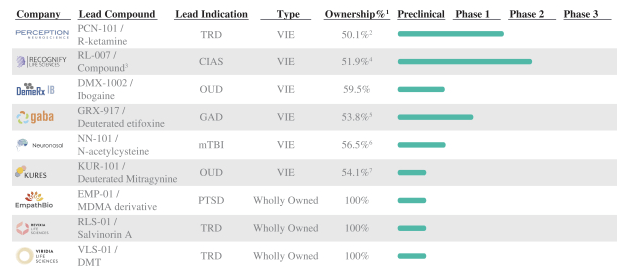
Atai, much like Compass Pathways (CMPS.Q) is creating its own drugs, rather than solely relying on recycled NCE’s or derivatives from decades past. I think companies like Atai will be in a position to buy out several of their competitors, I could see mass consolidation happening sooner rather than later if the sector takes a hit and prices drop.
In the long game, I still think the big pharma-esque Atai will gobble up the marketplace despite what happens to share prices. I have previously written about their sizable raises and aggressive business plan, the company is currently valued at $2.07 billion USD and isn’t going anywhere any time soon.
Atai has been struggling a bit since the less than exciting IPO I wrote about last month, but these are early days.

Angel investor Kevin O’Leary is constantly harping on about how big pharma is going to come in and take everyone out. It could happen. But, if companies like Compass and Atai can keep raising cash maybe they can outmaneuver the Johnson & Johnsons (JNJ.Q) and Pfizers (PFE.Q) when it comes to inevitable consolidation.

